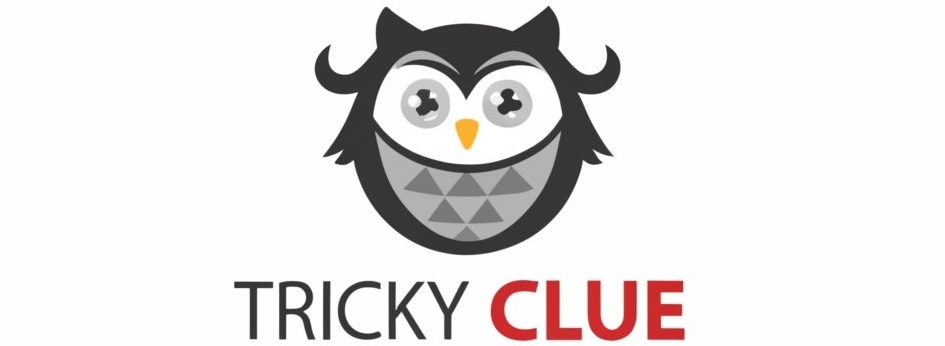When it comes to ensuring consistent fabric quality, textile inspection techniques play a crucial role. Fabric inspection services are essential in the textile industry to maintain high standards and meet customer expectations. In this blog post, we will delve into the basics of textile inspection techniques, the role of visual inspection in ensuring fabric quality, the use of technology for advanced fabric inspection, the four-point system for assessing fabric quality, common challenges in textile inspection, and how to overcome them.
Understanding the Basics of Fabric Inspection
Fabric inspection is all about making sure the fabric we use is top-notch, without any unwanted surprises. Imagine it as a careful look-over of the fabric, where we’re on the lookout for anything out of place, like blemishes or inconsistencies. This step happens before the fabric gets turned into your next favorite outfit or cozy home textile. It’s a bit like being a detective, but for fabric.
The inspectors use their eyes, hands, and sometimes even tools to catch any issues. They check to see if the fabric is the right color, if it feels the way it should, and if there are any defects that could cause problems later on.
This careful check-up is a big deal because it helps make sure that everything made from the fabric will look good and last long. In the world of textiles, starting off with the best fabric means everything else falls into place much more smoothly.
The Role of Visual Inspection in Textile Quality
Visual inspection is at the heart of ensuring that fabrics meet the high standards we expect. This essential step involves inspectors looking carefully at each piece of fabric. They’re searching for any signs of trouble, like spots, holes, or areas where the color doesn’t quite match up. It’s all done under bright lights to make sure nothing misses their keen eyes.
Think of it as the fabric’s first test to show it’s ready to be turned into something great. This process is super important because catching these issues early means the final products will look amazing and last a long time. With visual inspection, it’s all about making sure the fabric gets a big thumbs up before it moves onto the next step of becoming part of your wardrobe or home.
Leveraging Technology for Advanced Fabric Inspection
In today’s world, using technology for fabric inspection is like having a superpower. It’s all about making things faster, better, and more accurate. Imagine machines that can look at fabric much like humans do but with the ability to see even the smallest flaws, all thanks to computer vision and artificial intelligence.
These high-tech helpers can go through lots of fabric quickly, spotting problems we might miss with our eyes alone. This means fewer mistakes and better-quality fabric making it through the process.
Plus, these technologies keep getting smarter, learning from what they see to get even better at finding issues. It’s like having a team of super-smart robots on your side, making sure every piece of fabric is just right. With these tools, fabric inspection isn’t just about looking closely; it’s about looking smartly, using the best of technology to raise the bar for fabric quality.
The Four-Point System: A Standard for Assessing Fabric Quality
The Four-Point System is a smart way to check fabric quality, using a simple scoring method. Picture it as a grading system for fabric, where every little defect earns a score based on how big or noticeable it is. The scores range from 1 to 4, with 4 being the most serious issues. This method helps make sure everyone judges fabric quality the same way, making it fair and clear.
Think of it as giving points to fabric flaws, like giving grades in school. Smaller, less noticeable issues might get a 1, while big, obvious problems get a 4. By adding up these points, inspectors can decide if a fabric makes the grade or needs improvement. This keeps fabric quality consistent, ensuring that only the best materials are used for making clothes and other items.
Common Challenges in Textile Inspection and How to Overcome Them
In textile inspection, a few bumps in the road can pop up, like human mistakes, changes in how light looks in the room, and the tricky designs of some fabrics. To smooth out these bumps, giving inspectors good training is key. This way, they know exactly what to look for and how to look for it. Sticking to a set way of checking fabrics makes sure everyone is on the same page.
Bringing in technology can also help a lot. Machines and software that check fabrics can work around the clock without getting tired or missing things that a human might. To keep everything running smoothly, it’s important to regularly check the tools and machines to make sure they’re working right.
Also, having a look at how things are going from time to time can keep the quality of fabric inspection top-notch. By tackling these challenges head-on, the path to ensuring the fabric is the best it can be becomes much clearer.
Conclusion
Wrapping it all up, the world of fabric quality depends heavily on effective textile inspection techniques. From taking a close look at fabrics to bringing in smart technology for a deeper analysis, these steps are key to keeping quality in check.
The four-point system acts as a fair judge in scoring fabric flaws, ensuring that standards stay high and consistent. Even though inspectors might face hurdles like lighting issues or complex patterns, with the right training and tech tools, these challenges are manageable. It’s all about teamwork, where humans and technology work together to spot and fix problems before fabrics make their final journey to stores and homes.
By sticking to these practices, fabric inspection services make sure that the textiles we use and wear meet the mark of excellence, benefiting everyone in the long run.
